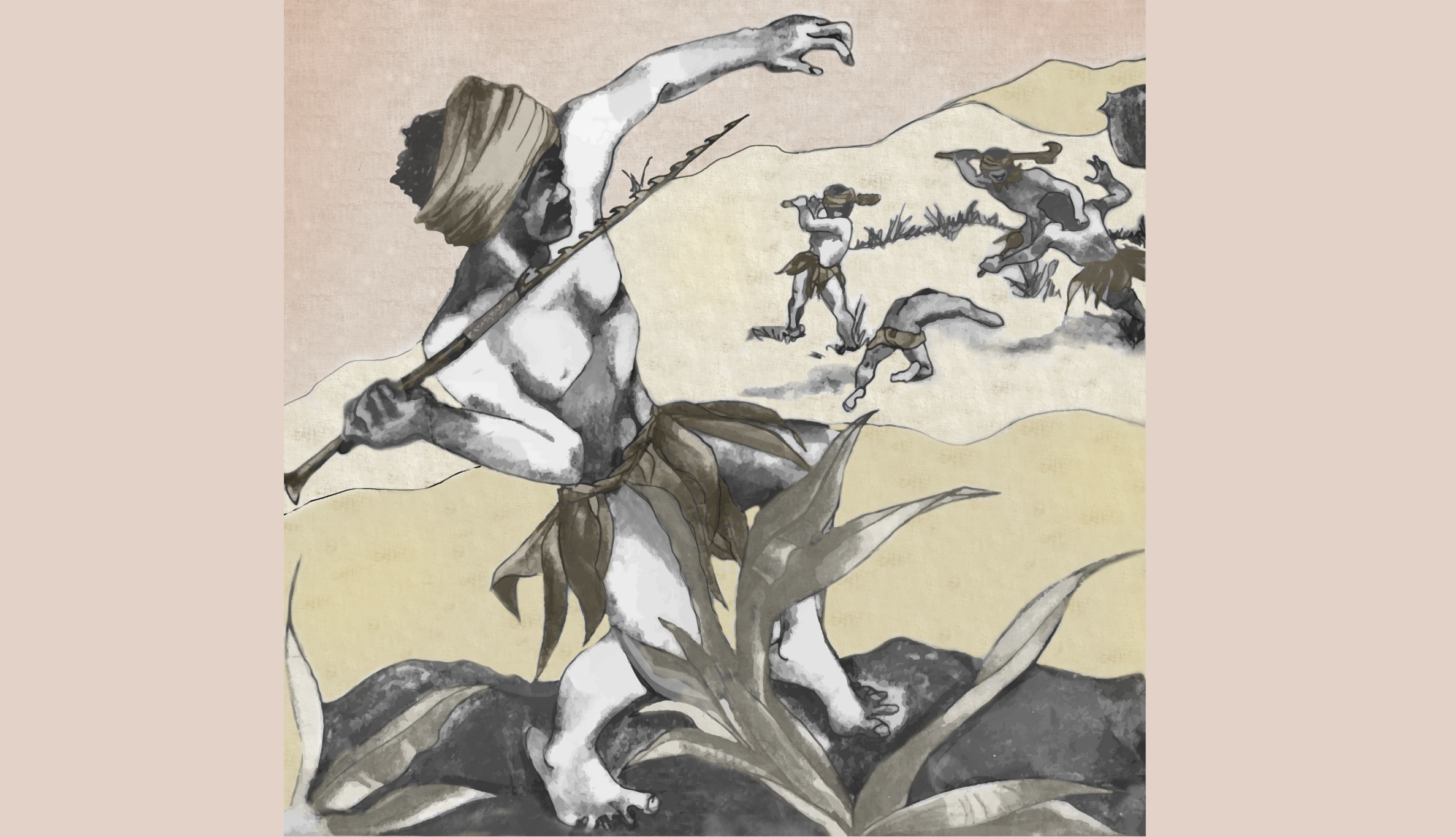
Tali Tonuga Anamua
Talitonuga Anamua was prepared by American Samoan educators in the early 1980’s (referenced elsewhere), whose goal was to compile and thereby preserve the important stories, tales, myths about Samoan culture and history, and to provide brief explanatory essays about the ancient, old, and contemporary Samoan practices and customs which define and explain who we are as a unique people, worthy of preservation and honor. Since this website was first dedicated to Dorothy (Dotsy or “Tasi”) Kneubuhl’s art, we point out that her work reflects this restrained goal of broad appeal, and manifests simplicity, humor, empathy and sympathy. The 1980 collaborators’ goal was to present this culture to the youth by providing scholastic materials for use in the schools. To reach the widest audience (beyond the mandatory curriculum), the writers and editors made some obvious decisions: They asked, Which stories are essential? What values are foundational to the culture to be preserved? What is the compendium of knowledge the children require? This daunting task required that they achieve a comprehensive volume, but avoid controversy, remain chaste in their language, choose only what is positive, minimize what is controversial, and emphasize the positive aspects of their culture. In this way, they were no different from any scholastic enterprise anywhere, including European cultures who are charged with the education of children. Talitonuga Anamua was aimed at youngsters who needed the basics. The editorial choices are therefore overwhelmingly kind, uplifting, hopeful, informative, respectful, charming, and filled with stories of the audacious risk taking, bravery and love of family which characterize Samoan values and culture. It avoids the brutal and violent realities, the political scheming and the frank injustices which occurred in Samoa, and, in fact, everywhere else. As such, it stands in great contrast to the realism and romanticism of the other two volumes.
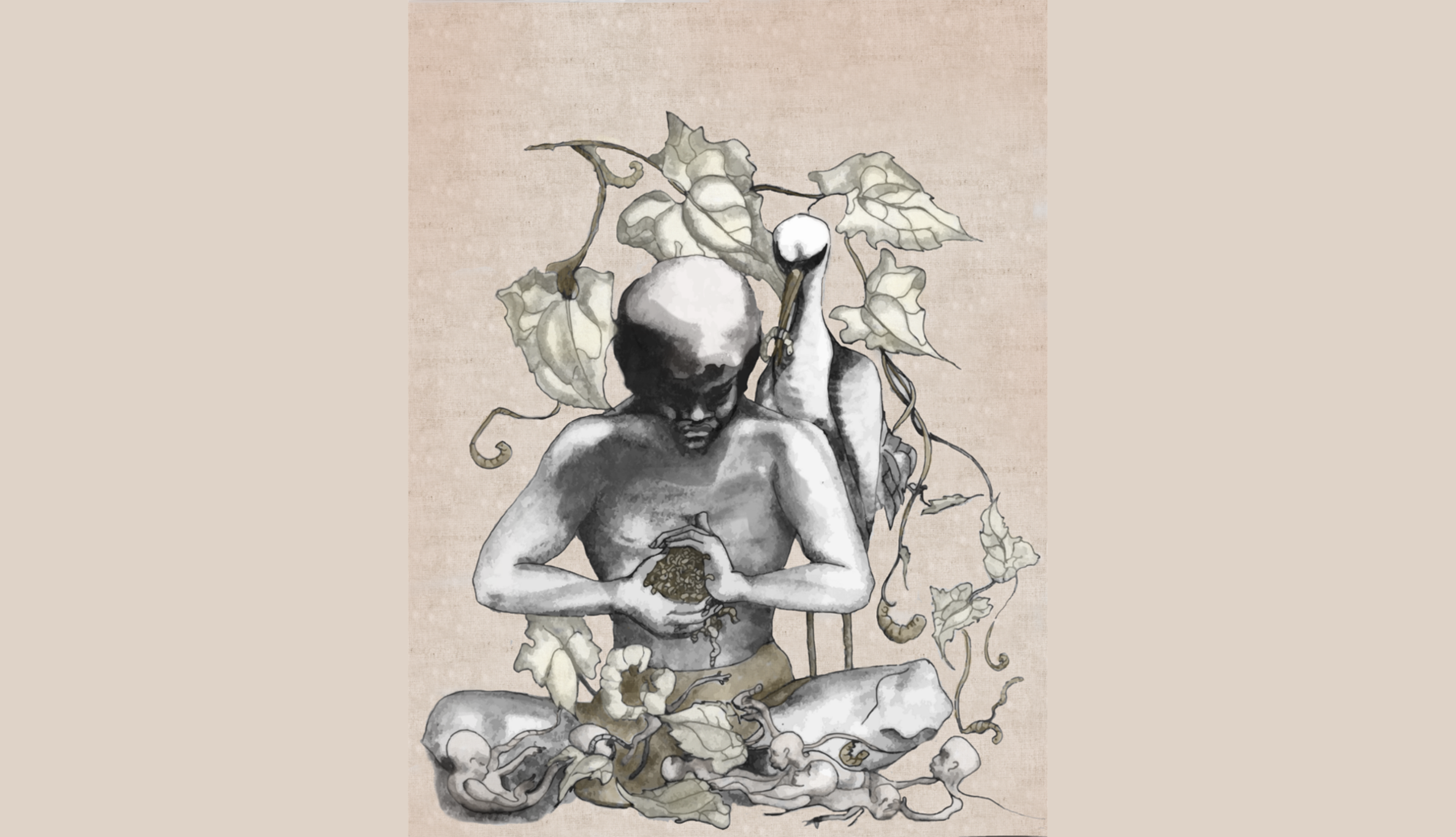
Origin of the People (O Le Tupuga o Tagata)
This is the legend of the origin of the Samoan people as told by the an old man named Tuamᾱsaga: In the beginning, before the Samoan people began to live on the earth below the Heavens, the supreme God Tagaloailagi (Tagaloa) ruled in the heavens with his two servants Lefue and Tuli… more
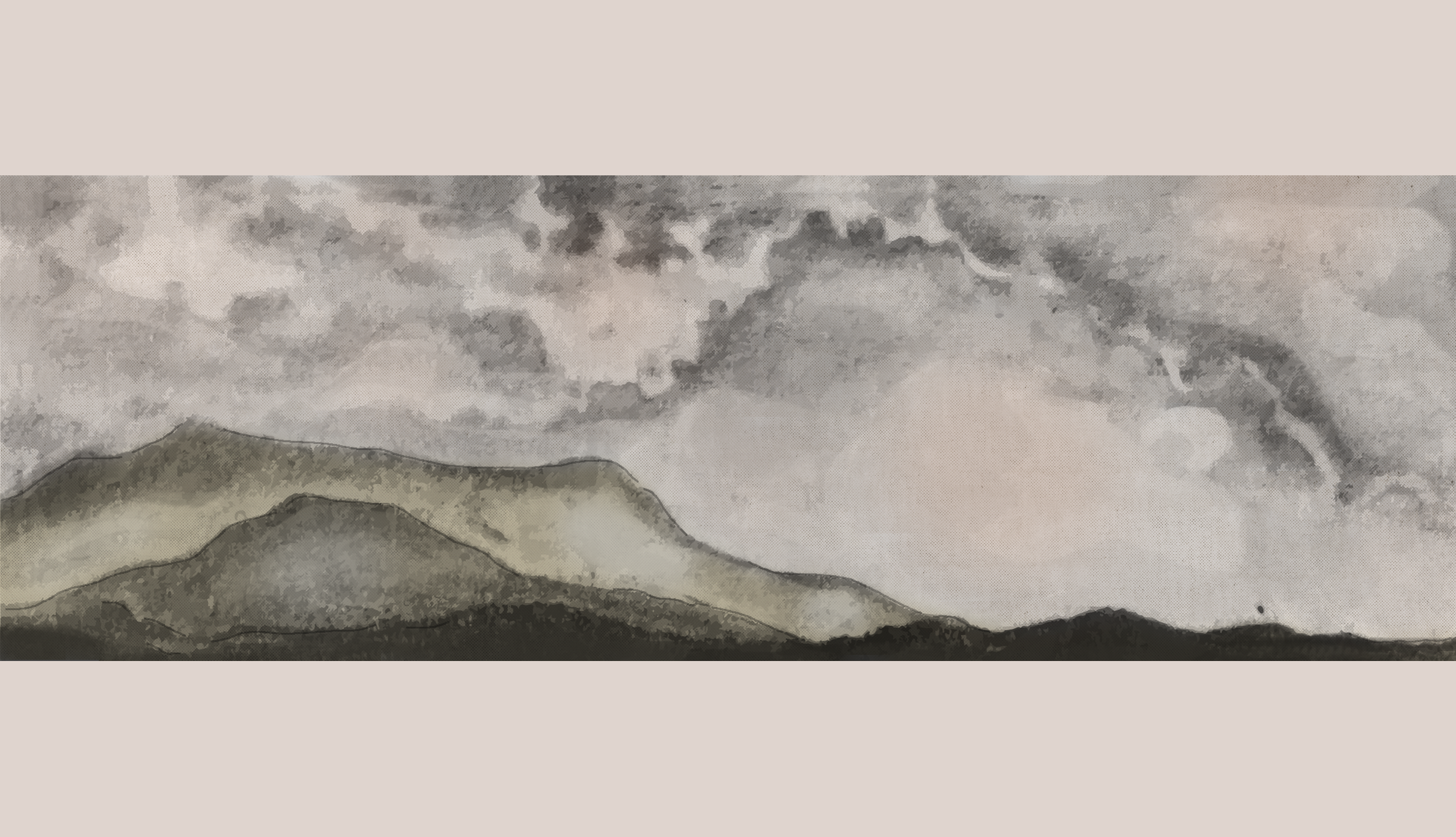
The Origin of the Name of Samoa
Before “Samoa” was so named, there was first only rock (papa) and soil (‘ele’ele). The rock’s sovereign deity was Salevao; ‘ele’ele had no particular deity. After Papa and ‘Ele’ele married, the islands began to form. Salevao observed the ‘Ele’ele’s middlea… more

The Legend of the Sun
There was a woman named Magamagai who was so distressed that she could do nothing but stare all day at the Sun. One day she became very heavy since she became pregnant from staring at the Sun. She bore a son and gave him the name Alo o le Lᾱ ( Child of the Sun)… more
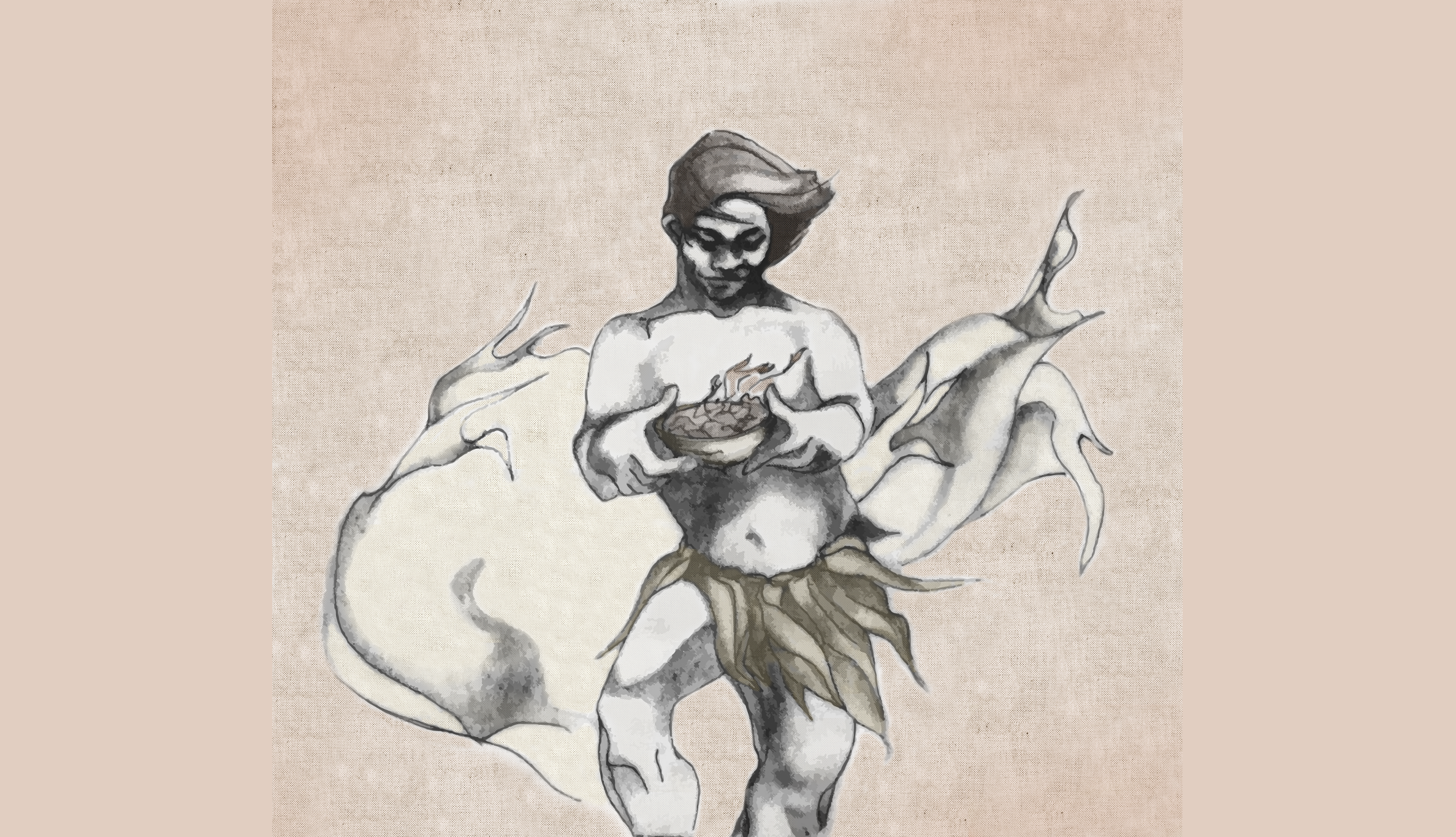
Maui Captures Fire
Maui, who is named as a demigod throughout the Pacific, is the son of Maeatutala and Talaga, who are both superhuman deities. This is the story where their son Maui brings fire to the people of Samoa, and therefore the wonderful new delight of the ability to cook food, over the violent resistance of the god of fire Mauife and his gatekeepers… more
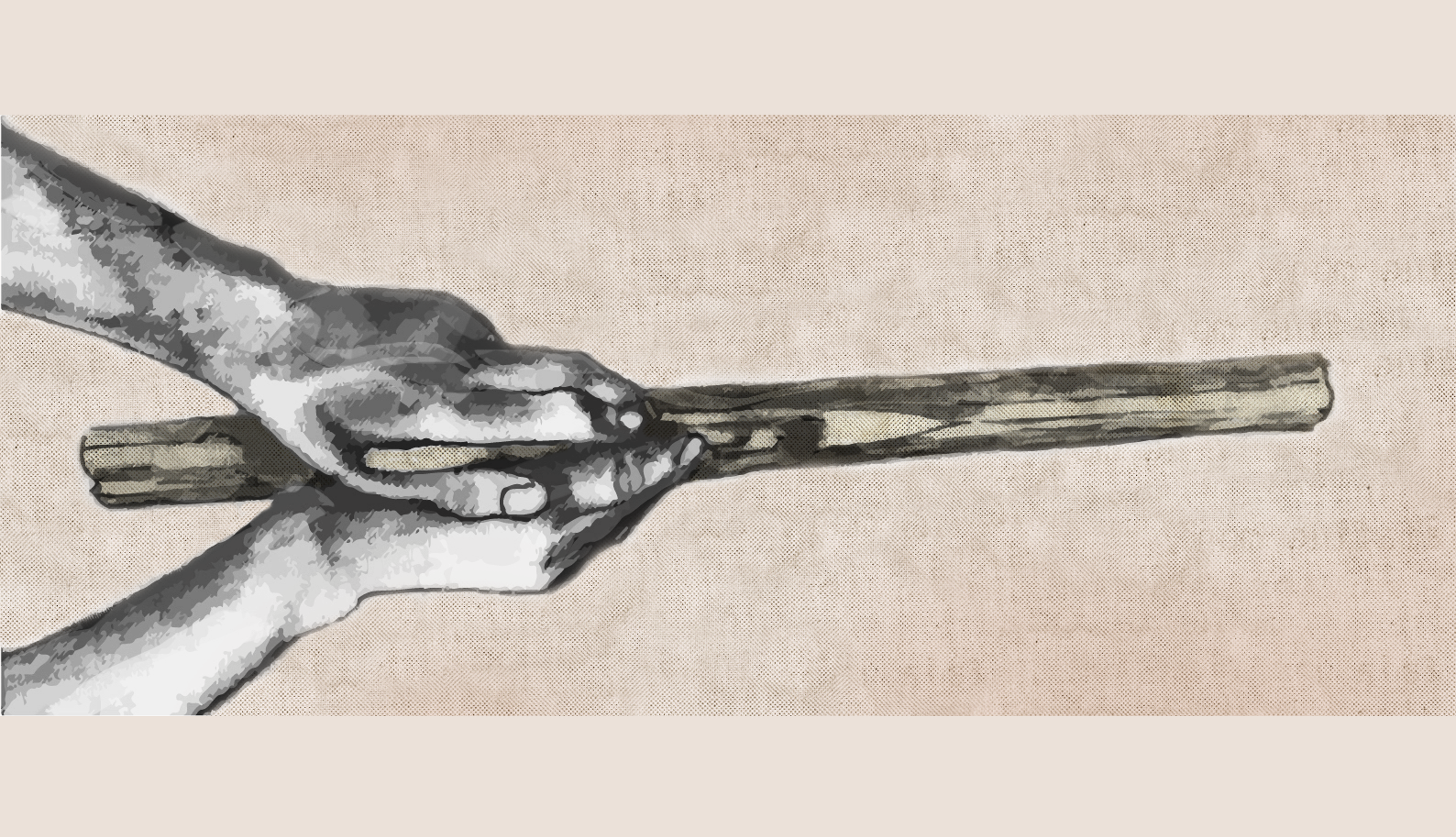
Art of Making Fire – Lightning of Fires
Maui’s lessons, outlined here, recommend which trees and sticks, one big, one small, how young or damp wood cannot be used, which plants to use and which method for creating the spark, how to transfer the spark to the medium, perhaps coconut fibres, where it ignites. Finally, the story advocates that, although women can spark a fire, only young men can… more
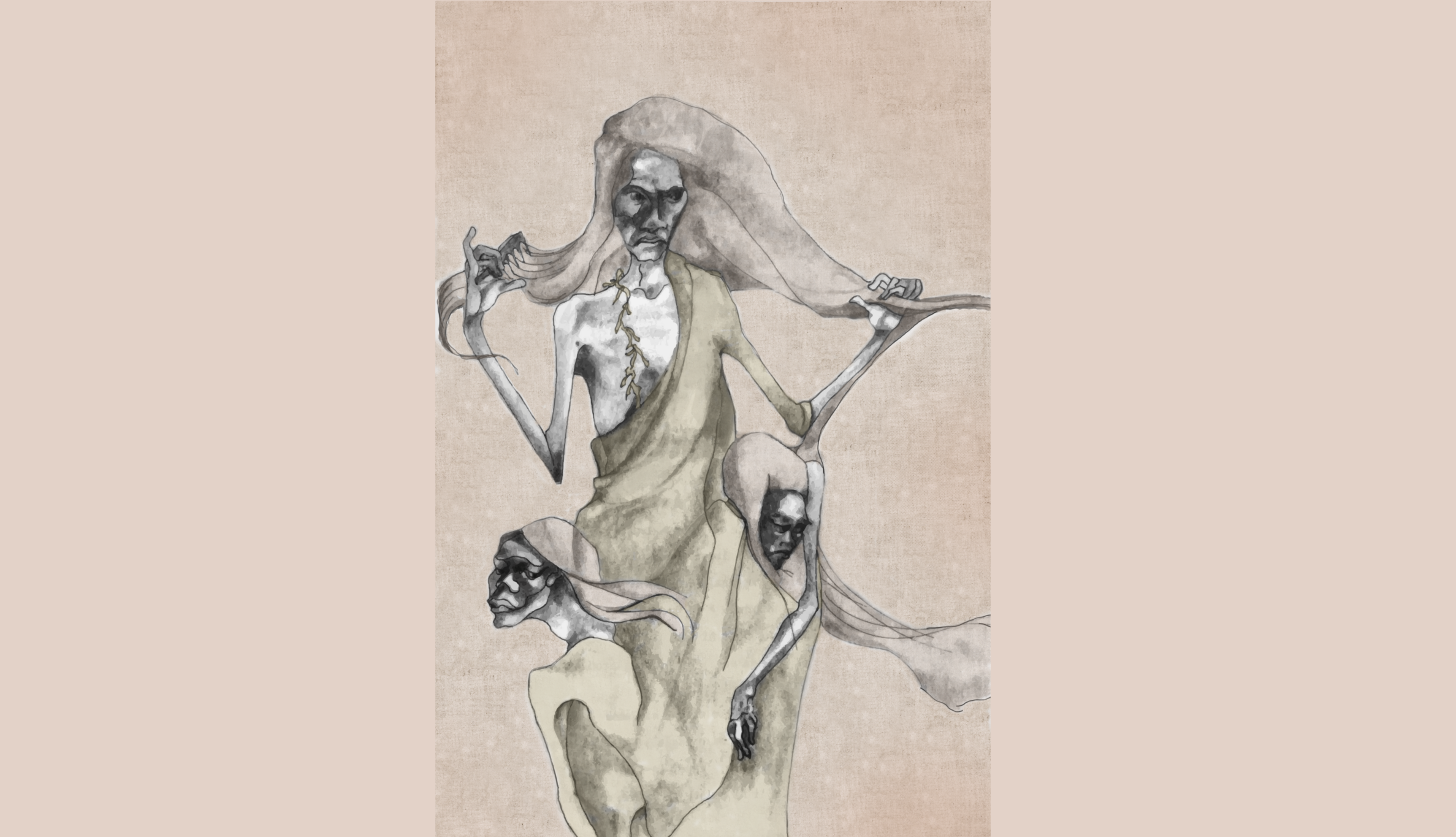
Temples of Aitu (O Malumalu o Aitu)
A long time ago, houses were built for ghosts or spirits (aitu) to live in. Since these houses were restricted to ghosts and spirits only, no one was allowed to enter unless they first gave an offering. These houses were called Temples of Spirits or Temples of Ghosts… more
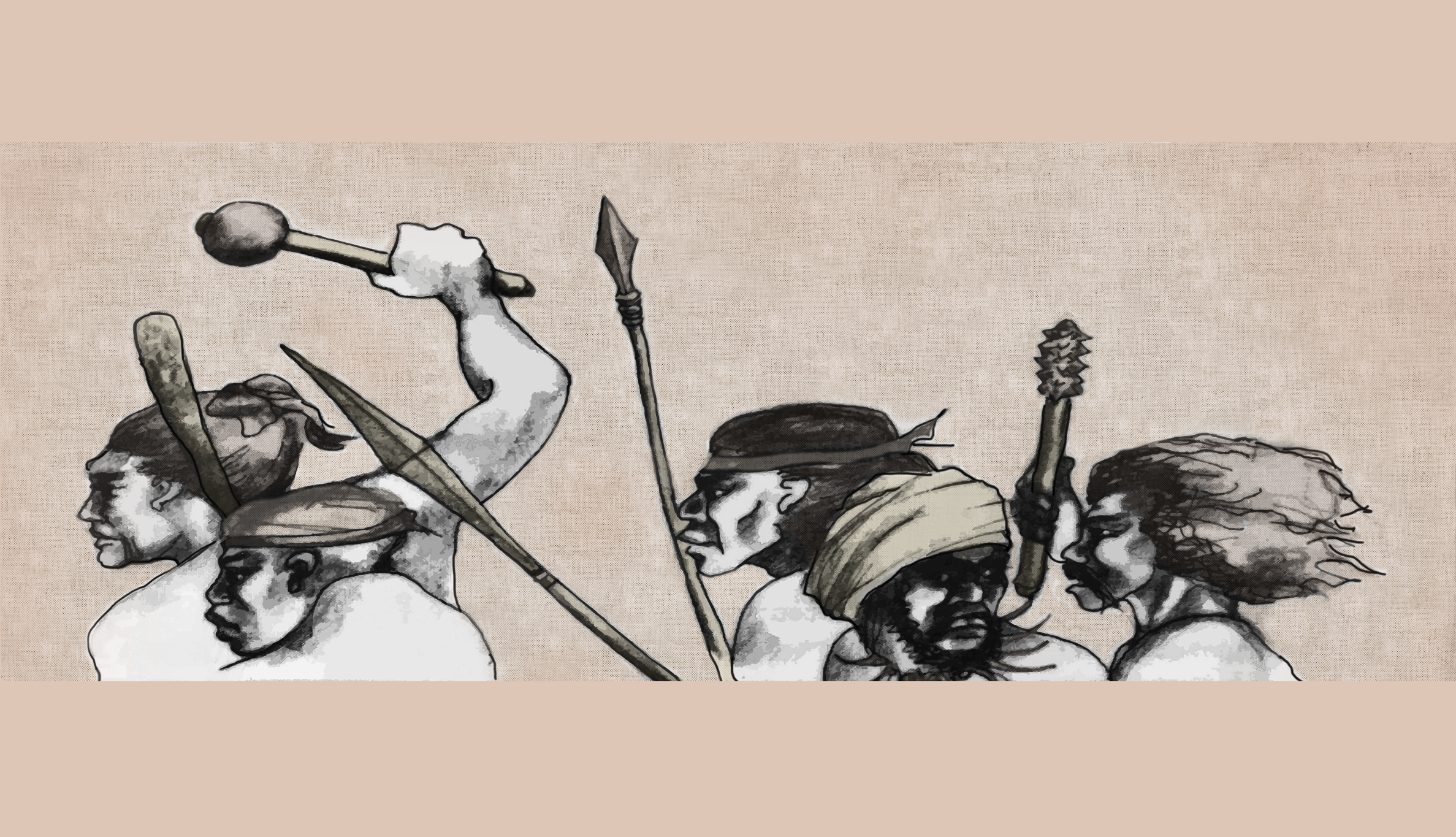
The Goddess Nafanua
Nafanua is the name of one of the gods in the village on the island of Upolu. On finding people who steal, the chiefs and the villagers will gather together and take turns to plead for punishment on each person who has committed a crime or sin. If they all deny it and do not understand… more
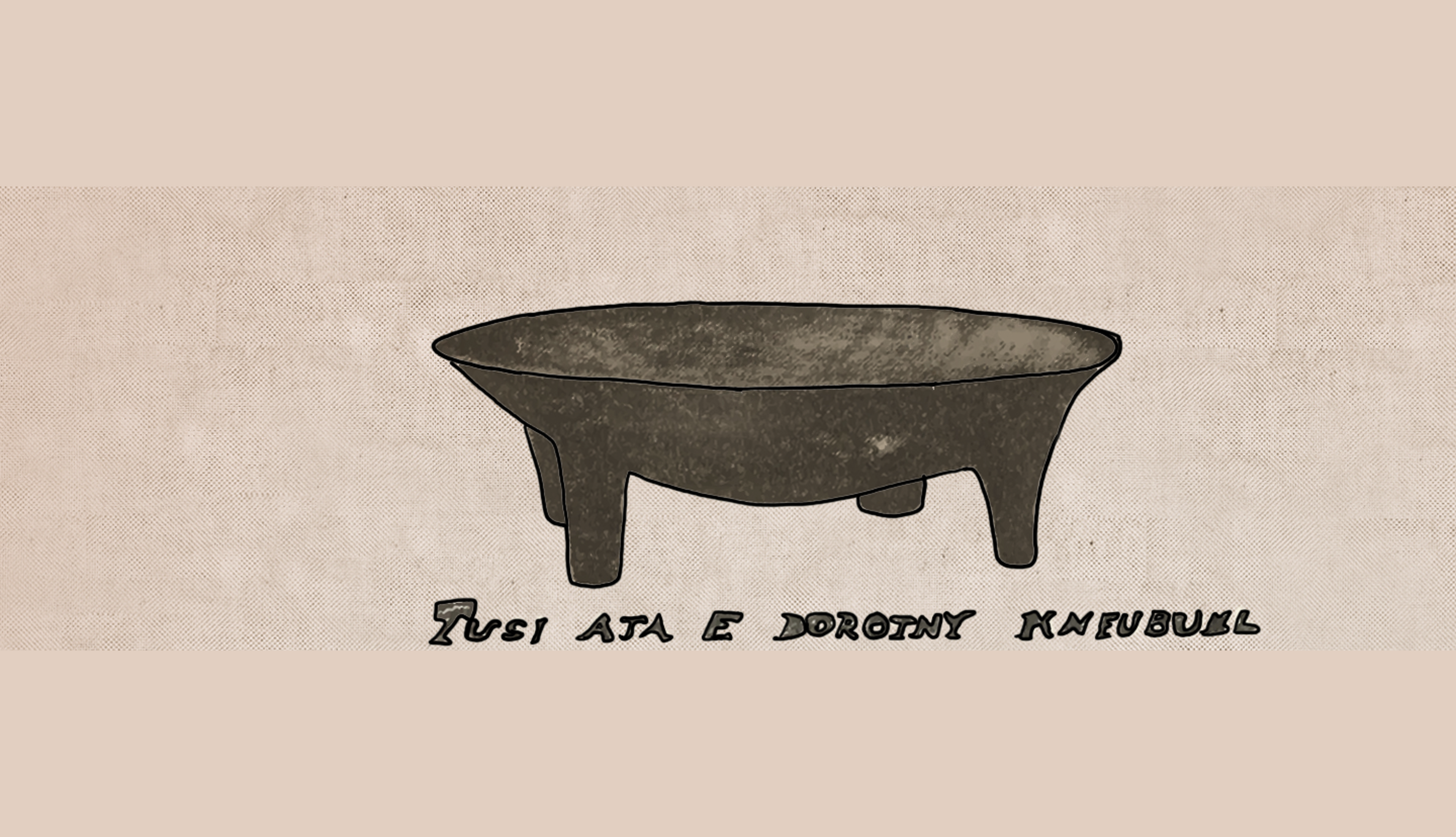
Moso
Moso was the name of one of the high gods of the land or the earth, the opposite of Tagaloa, the god of the heavens. The origin of the name was a fragrant twig of the yellow flower, the moso’oi. A rock was its symbol in a certain village… more
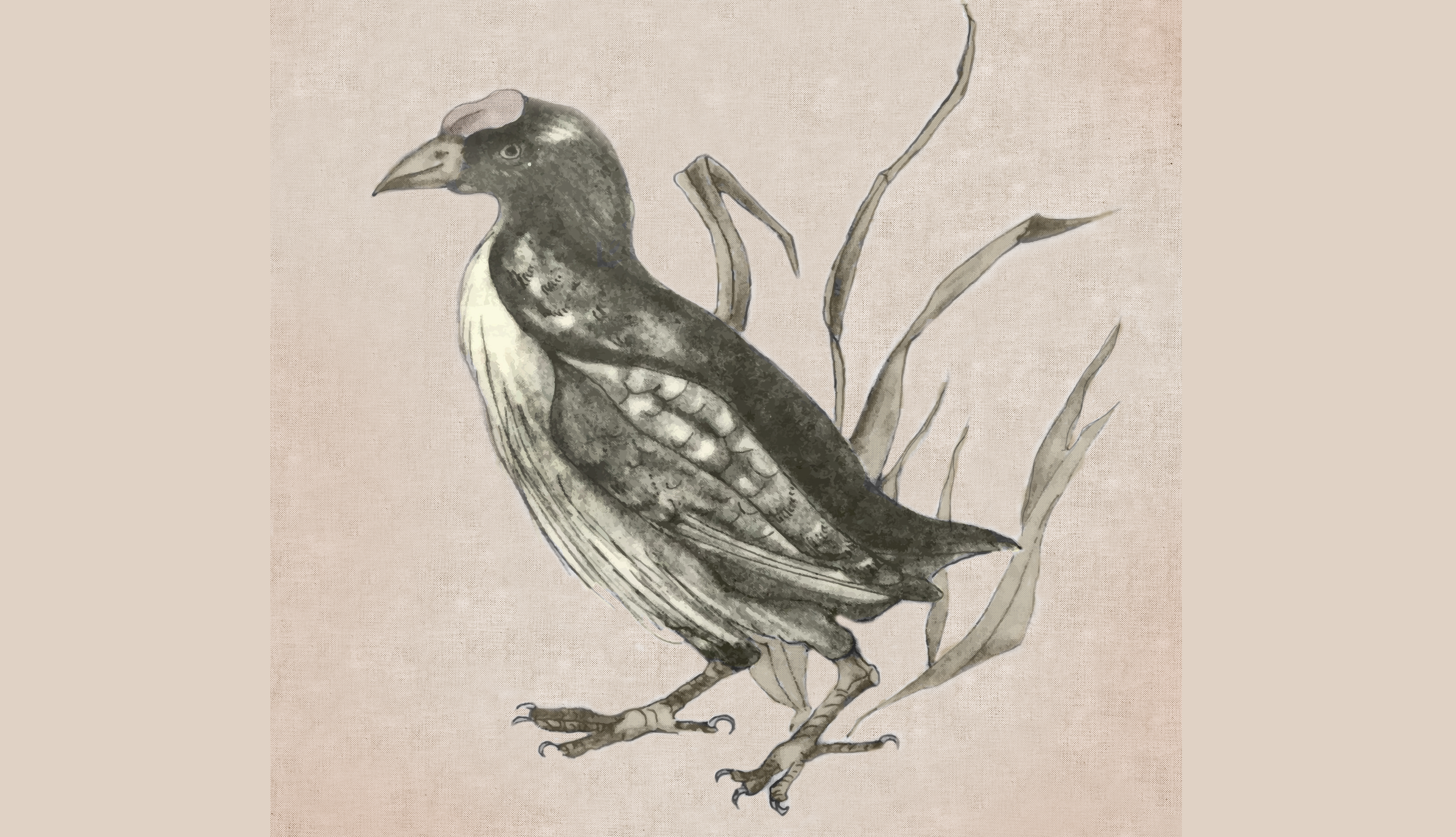
Vave: Fast like a Bird
Vave is a god who was born in a stone in Tutuila, perhaps in the village of Amanave. “Vave” means swift or quickly. It is thought Vave first came as a spirit from Tonga, and since being a spirit Vave could take many forms. Since a spirit cannot… more

Taema and Tilafaiga: the Twins
There is a god Taema who is the embodiment of the bird of prey, said to be a kingfisher. He has his own temple with only one door. The elders of the people of the village would often go into the temple and pray… more
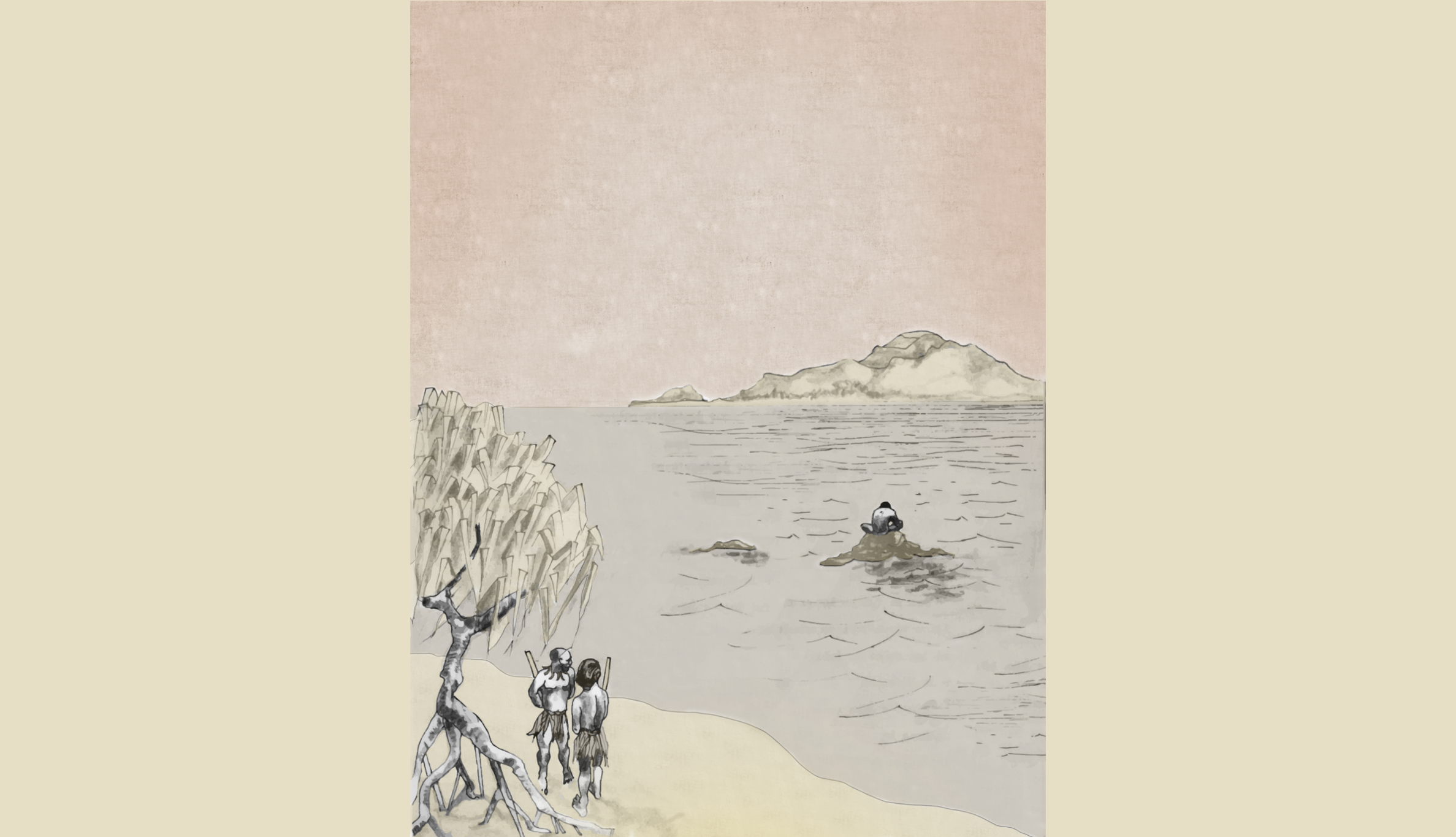
Discerning Samoan Truths
In preface, in the early days, spirits were believed to be everywhere. They were integrated into daily life, and actively present in all events and in the fate of every person. These spirits most often took the form of an… more

Fa’alemigao: Crimes and Punishment
In the old days, Samoans were not used to the offense of stealing, because the mere word itself brought shame upon them, especially since the wrongdoings of a thief would also affect the children. The stealing of household goods was rare… more
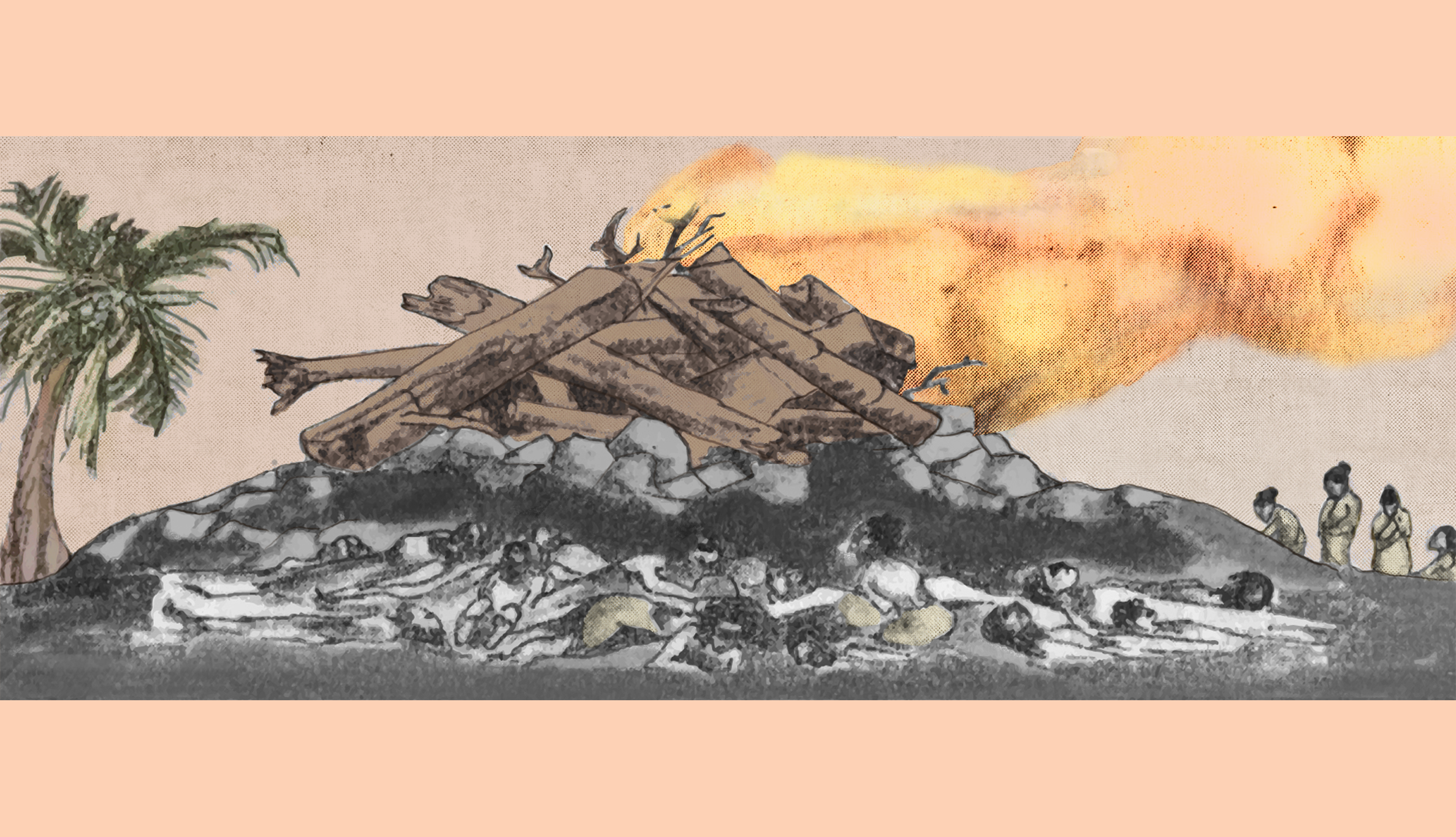
The Fine Mat of Tonga- ietoga
Fine mats (ie) are prized in Samoa as symbols of wealth and abundance, and are exchanged and offered as symbols of celebration, redemption, celebration, honor, and forgiveness. The history or story is that… more

